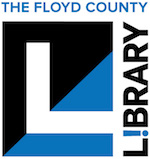What is National Pollinator Week?
National Pollinator Week was established as a way to celebrate pollinators and encourage people to take action to protect them. This year, Pollinator Week is June 19-25.
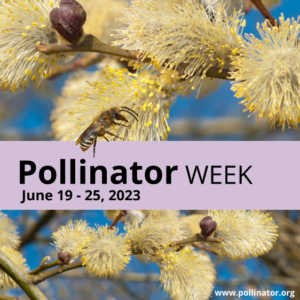
Who is a pollinator?
Pollinators are animals who carry pollen from flower to flower. Insects, birds, bats, and even mammals can be pollinators, although bees are the most well-known.
Why are pollinators important?
Pollination begins the process that allows plants to form fruit and seeds. Apples, cherries, raspberries, coffee, and pumpkins are just a few of the plants who rely on our insect friends for pollination. It is estimated that 75%-95% of flowering plants need pollinators!
How can I learn more?
When you visit the Library from June 20-24, you can view the Smithsonian Gardens traveling poster exhibit “Pollination Investigation” on the upper level. As you look through the pollinator profiles, see how many you recognize. Are there any facts that surprise you?
Pollination Investigation was created by Smithsonian Gardens in collaboration with the National Museum of Natural History, and made available by the Smithsonian Institution Traveling Exhibition Service. It is funded in part by the Smithsonian Women’s Committee.
And of course, you can learn more about pollinators by checking out books in our collection! Here are a few selections you may enjoy:
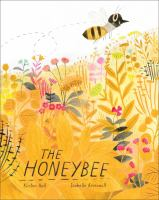
The Honeybee by Kirsten Hall (YP HAL)
This whimsical book follows a year in the life of a honeybee and its hive. Recommended for ages 2-5.

A Good Place by Lucy Cousins (YP COU)
Readers learn what makes a place good for insects to live as they follow insect friends in search of a home. Recommended for ages 3-7.

Flowers are Calling by Rita Gray (Y582.13 Gray)
Beautifully illustrated, this book explores the relationship between flowers and their pollinators. Recommended for ages 4-7.
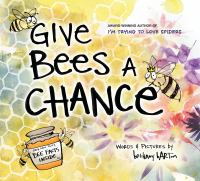
Give Bees a Chance by Bethany Barton (Y595.799 Barton)
This humorous book shares cool facts about bees to encourage readers to be less afraid of them. Recommended for ages 4-8.

Where Have All the Bees Gone? by Rebecca Hirsch (TEEN 595.799 HIR)
This book introduces teens to the many different kinds of bees and the troubling decline of bee populations across the country. Recommended for ages 13-18.
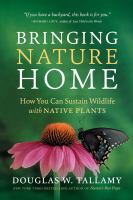
Bringing Nature Home: How You Can Sustain Wildlife with Native Plants by Douglas Tallamy (639.92 TAL)
This in-depth book is a call to action explaining how to use native plants to restore biodiversity – before it’s too late. Recommended for adults.
We hope you’ll “bee” inspired to learn more about pollinators – so “buzz” on down to the Library to join us for Pollinator Week!
— Erin M.
